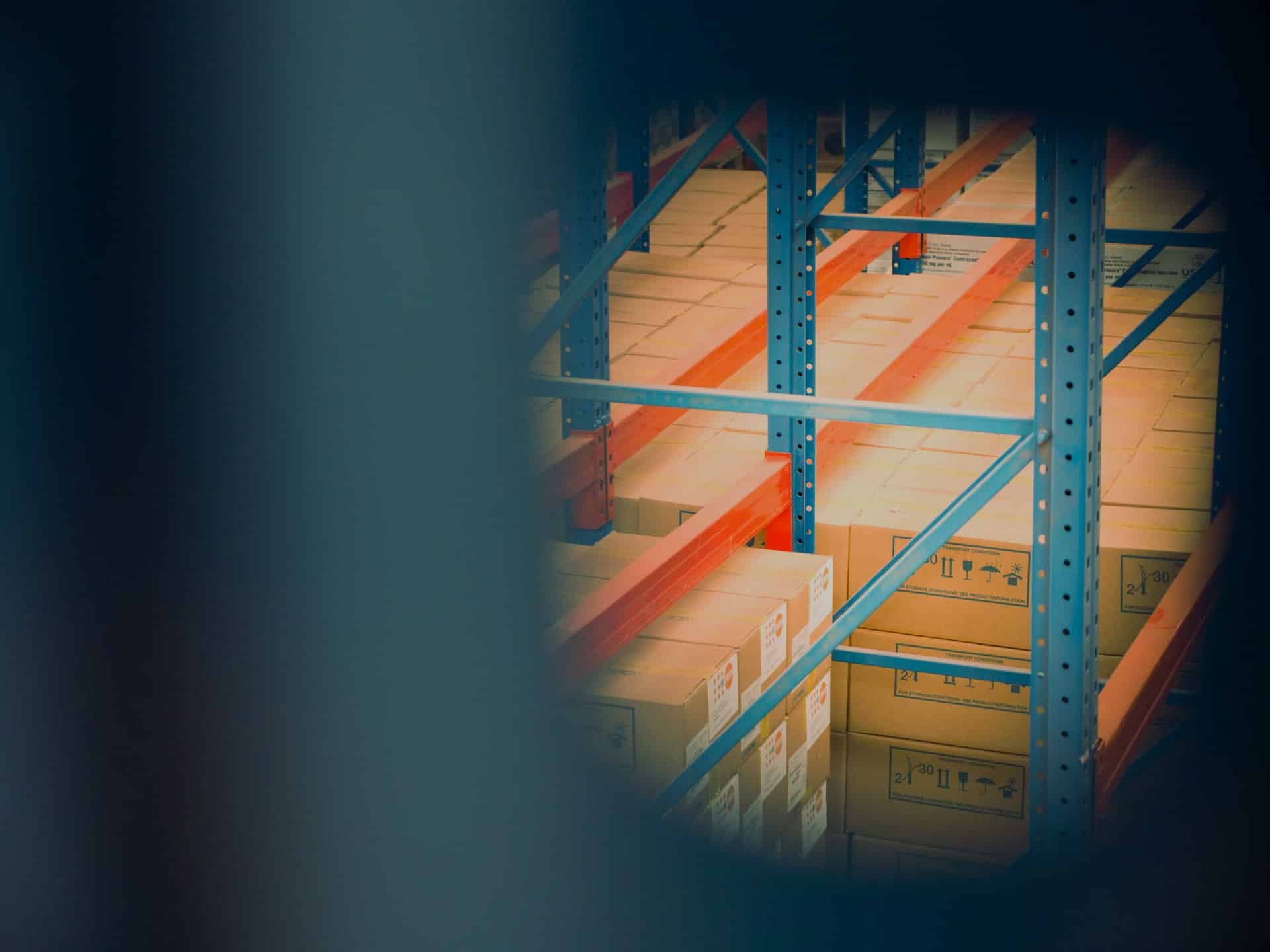The world of business was moving forward in late 2019 and early 2020 with the introduction of new technologies, such as inventory optimization designed to overcome the problems facing the global supply chain.
In December 2019, the emergence of news from Wuhan in China of a SARS-like sickness known as COVID-19 threw many businesses into panic as the impact of the illness was quickly identified. As the effects of COVID-19 spread from China through Asia and on into Europe and North America, the effect on the global supply chain began to be felt in almost every nation in the world.
IMAGE: UNSPLASH
What Is The Global Supply Chain?
In the past, the business was done by a few people in an area where goods were designed, manufactured, and sold to customers. As communication links around the world have improved, the business has taken on a global feel with small business owners looking to sell their wares to customers in different nations.
American Express describes the global supply chain as the network of businesses and customers who combine to allow goods to be readily available at all times. Inventory optimization is becoming more important than ever as the long-term effects of COVID-19 continue to be a problem with the ability to track goods along every part of their journey from manufacturing to the final consumer.
Models Have Been Targeting The Global Supply Chain
Almost as soon as news of the emergence of COVID-19 began leaking out of China, researchers and business experts began looking to assess and estimate the impact on the global supply chain. Nature reports a range of scenarios were discussed and assessed when looking to estimate the impact of the medical condition.
Many of the models created during the early months of the pandemic are now outdated, but others show how a lockdown of just two months for North America and Europe would affect the supply of goods in a negative way. The GDP of the U.S. and European Union would fall by between 15 and 20 percent during a lockdown of only two months with 80 percent of the economy closing.
Impacts For Consumers
Most of us want to know why we cannot get our hands on the goods we have been looking for and rely on throughout the COVID-19 lockdown. Research from UC Riverside shows there are a number of scenarios that need to be explored if we are to understand why certain goods are not appearing on our shelves. There are some common reasons why the global supply chain has broken down at certain points since the arrival of COVID-19, including:
- Shortages
- Rationing
- Prioritization
- Reduction
In general, these four reasons are centered around the availability of goods on the shelves of grocery stores. Shortages have been caused by a number of reasons, including panic buying by consumers concerned they will not be able to get hold of much-needed items, such as hand sanitizer and toilet paper.
Rationing has taken place when grocery stores and other retailers have looked to limit the number of a certain product a consumer can purchase. Prioritization is another area where retailers and manufacturers have taken matters into their own hands during the pandemic. Using inventory optimization, the majority of retailers are looking to have a positive impact by only allowing certain goods to be purchased by medical companies to assist with the fight against COVID-19.
Finally, the reduction has taken place at some points along the global supply chain as retailers have fought to keep their supply chains open at a time when many areas are blocked. Reduction refers to the decision of a retailer or manufacturer to limit the number of different products on offer to make sure smaller deliveries arrive with less repetition of the products sold under different brand names.
Will Global Supply Chains Breakdown?
When you step into your local grocery store and see a limited number of products on offer for you, this is a sign of problems in the global supply chain. The main problem for the global supply chain is the COVID-19 pandemic is taking everybody into unknown territory without any knowledge of when the associated issues will come to an end. Despite problems at the outset of the COVID-19 pandemic, the majority of the supply chains have returned almost to normal. However, some farmers are looking to destroy their crops because they cannot find buyers for them.
So far, the global supply chains have bounced back to almost their normal levels of goods moved around the world. In the event of a prolonged pandemic lasting into 2021, the issues facing the business sector would be increased. The increased use of technology will be vital to the global supply chain returning to normal when the effects of COVID-19 begin to ease and the world settles into what will be a new era for all.
If you are interested in even more business-related articles and information from us here at Bit Rebels, then we have a lot to choose from.


COMMENTS